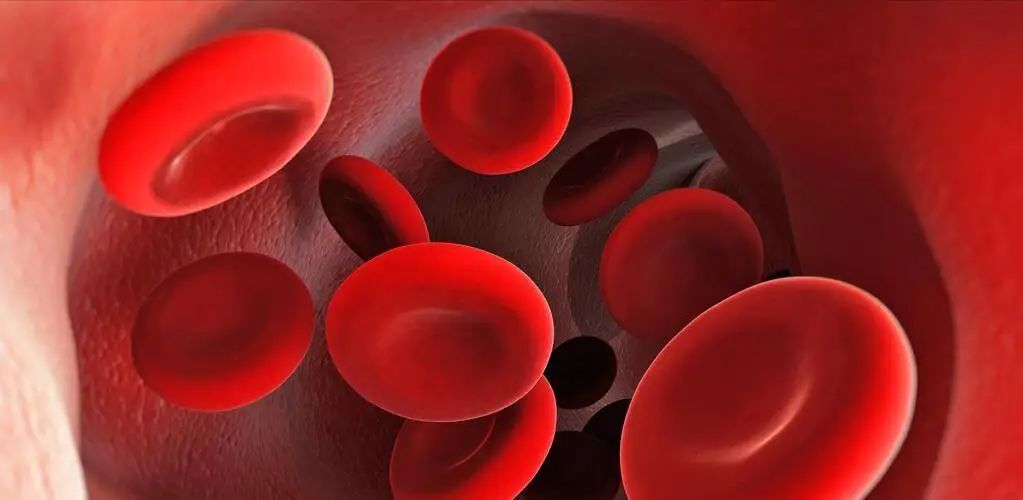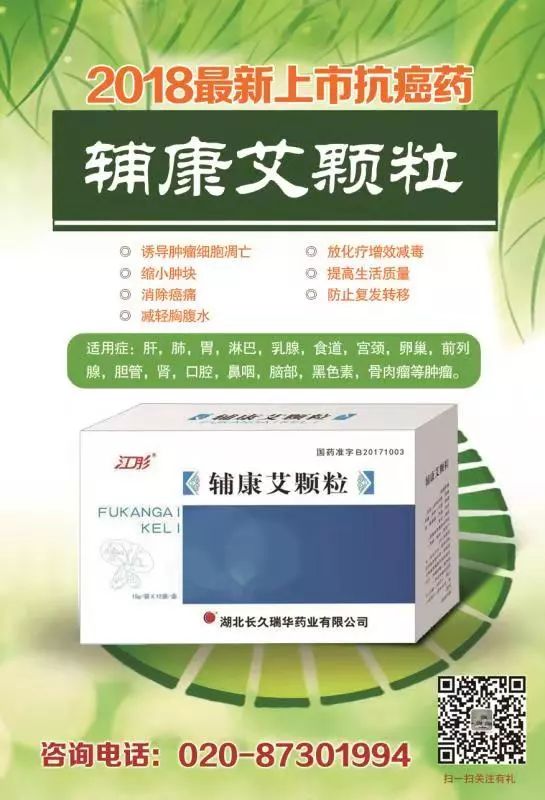Anemia is quite common among cancer patients. The 2017 guidelines from the National Comprehensive Cancer Network (NCCN) in the United States indicate that 30%-90% of cancer patients may experience anemia.

Five Common Scientific Methods to Nourish Blood
1. Dietary SupplementationIn terms of dietary correction, the most important principle for nourishing blood is a balanced diet. Nowadays, the main reason for insufficient iron intake is picky eating, making a balanced diet the fundamental principle for blood nourishment. In daily meals, individuals should pay special attention to achieving a balance between vegetable and meat intake. Additionally, the following foods can be consumed in moderation.Vegetables High in Iron:Some vegetables are relatively high in iron, such as celery with 6.9mg/100g, shepherd’s purse (Jicai) with 5.4mg/100g, and spinach (Bojin) with 2.9mg/100g. However, it is important to note that higher iron content does not necessarily mean better blood nourishment. The human body requires ferrous iron for blood production, while the iron in plants is generally ferric iron, which cannot be directly utilized by the body. Therefore, the key to dietary blood nourishment also depends on iron absorption.Iron-Rich Foods:Animal liver, whole blood, lean meat, and fish. Vegetables such as mustard greens, amaranth, and spinach also contain some iron, but not in sufficient amounts. Although egg yolks are high in iron, their absorption rate is only 3%, making them ineffective for true iron supplementation.Foods Rich in Folate:Animal liver, leafy greens, legumes, etc.Foods Rich in Protein:Eggs, meats, fish, legumes, etc.Foods Rich in Vitamin C:Citrus fruits, broccoli, kiwifruit, etc.
Note:Substances in coffee and tea can inhibit iron absorption, so individuals should be mindful to limit their intake of coffee and tea.
2. ExerciseLife is in movement; exercise not only strengthens the body and improves mood but also enhances appetite and can improve anemia to some extent. This is because during exercise, the heart rate increases, body temperature rises, blood circulation accelerates, and blood volume increases, promoting metabolism.It is recommended that individuals in good physical condition exercise 3-5 times a week for 20-30 minutes, engaging in aerobic activities such as walking, climbing stairs, jogging, or practicing Tai Chi. Those with poorer physical conditions should act according to their capabilities; even getting out of bed, sitting up, standing, or moving around the house is beneficial.3. Rest and SleepFor individuals with anemia, adequate rest and sufficient sleep are simple and effective methods to improve anemia and fatigue. A sleep duration of 7-8 hours is recommended, and individuals should balance work and rest to conserve energy.4. Medication TreatmentThe main medication treatments for nourishing blood include ESA (erythropoiesis-stimulating agents) and iron supplements. Among these, EPO (erythropoietin) is commonly used in clinical practice to accelerate the recovery of erythropoiesis in the bone marrow, thereby improving anemia. Iron supplementation can be administered orally or through parenteral routes.Specific medication treatments vary from person to person, and individuals should follow their doctor’s advice.5. Blood Transfusion TherapyBlood transfusion therapy can rapidly increase hemoglobin (Hb) concentration and is generally considered when Hb concentration falls below 70g/L.The above five methods for nourishing blood can be self-administered for the first three, while the last two require treatment from healthcare professionals. Individuals should analyze their specific situations, and if there are any health concerns, they should seek medical attention promptly.Identifying Anemia① The most common symptoms of anemia are dizziness, fatigue, and a sense of tiredness.② Clinically, hemoglobin (Hb) concentration is commonly used to indicate red blood cell volume. Anemia is diagnosed when Hb is <120g/L for adult males, <110g/L for adult females (non-pregnant), and <100g/L for pregnant women.


